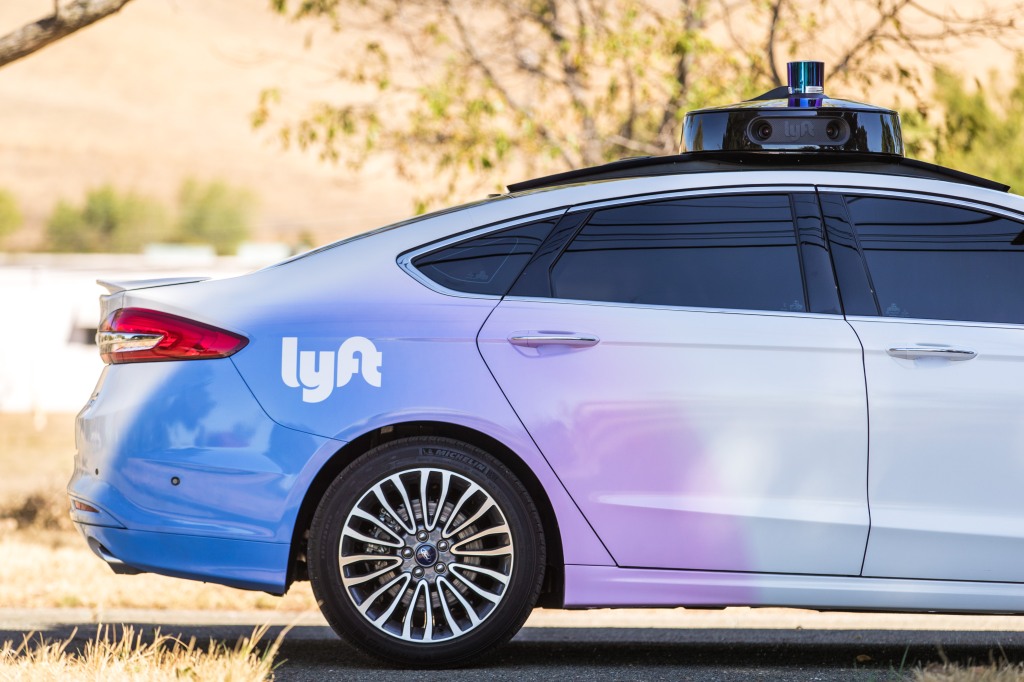Over the last decade, ridesharing has become a significant element of the American economy. According to a Pew Research Center survey done in the fall of 2018, 36 percent of Americans had used a ridesharing service such as Lyft, up from only 15% in late 2015. You are joining a rideshare company like Lyft as a driver provides a flexible method to earn money. According to Lyft's Economic Impact Report for 2021, 96% of the platform's drivers are students or work other professions, and 95% of Lyft drivers spend less than 20 hours a week driving for the platform. As a result, driving for Lyft can be included in your daily routine. Although Lyft driving allows you to be flexible, you must still meet the platform's car and driver standards to take advantage of this opportunity. Before signing up as a Lyft driver, learn everything you need about the company's standards.
Requirements for Lyft Drivers
Drivers must meet several minimal requirements, varying from state to state. Generally speaking, you must:- You must be at least 21 years old, though depending on where you live, the minimum age may be as high as 25.
- Possess a current driver's license.
- You must pass a background check as well as a DMV check. A conviction for a violent crime or recent driving-related concerns, such as a DUI within the last three to seven years, are among the things that these checks look for.
- Have current registration, proper license plates, and current and valid auto insurance with your name on the policy.
- Complete the Community Safety Education training offered by Lyft.
- You'll need a smartphone that can run the Lyft driver app.
- 2 Vehicle Requirements for Lyft
- A cab, a stretch limo, or various subcompact automobiles, such as the Chevrolet Aveo, Ford Fiesta, Hyundai Accent, Kia Rio, and several MINI Cooper models, are not permitted.
- Vehicles have different age requirements depending on the region. Lyft drivers in Janesville, Madison, Milwaukee, and Sheboygan, Wisconsin, for example, must have a 2006 or newer vehicle. In contrast, Green Bay requires a 2005 or newer vehicle, and all other cities in Wisconsin require a 2004 or newer vehicle. To see if their car meets the local vehicle age criteria, potential drivers must search the standards in their area.
- The vehicle must have four doors, as well as a minimum of five and a maximum of eight seatbelts, including the driver's belt.
- The car cannot be titled salvage, non-repairable, rebuilt, or any comparable classification in many Lyft markets.
Lyft Drivers' License and Registration Requirements
Lyft drivers must have a valid driver's license, although a few exceptions exist. Lyft does not accept licenses issued by the US Virgin Islands, Puerto Rico, or other US territories. Your driver's license must also be at least one year old if you wish to drive for Lyft in California, Hawaii, Illinois, Massachusetts, Minnesota, Oregon, Pennsylvania, Vermont, or Washington. With a valid out-of-state license, you may be able to drive for Lyft in some states. Valid license plates are required. Temporary tags may be accepted depending on the market you plan to drive. Check your local regulations to find out if you can drive with temporary plates or registration. Some states, such as Maryland, need a special license or registration for rideshare drivers, such as the Transportation Network Operator license.Insurance Requirements for Lyft
Lyft requires its drivers to have legal auto insurance, but the company also provides insurance. This coverage only applies if your Lyft app is turned on, so your auto insurance insures you if you're in your car with the Lyft app turned off. Get into an accident while waiting for a ride and have the Lyft app turned on. Lyft will cover you with third-party liability insurance for covered accidents if your auto policy does not cover you. The coverage maximums are $50,000 per person for physical injury, $100,000 per accident for bodily injury, and $25,000 for property damage per accident. Lyft provides the following insurance for covered accidents if you are in an accident while picking up a passenger or while riding with the Lyft app turned on:- The primary liability is $1 million.
- Motorists who are uninsured or underinsured
- Certain types of first-party insurance are available (not third-party)
- Contingent collision and comprehensive coverage up to the car's actual cash value ($2,500 deductible)
- State by state, the requirements for your personal auto insurance policy may differ. Before applying to be a Lyft driver, be sure you understand the rules in your state.
- Any commercial insurance you have or personal plans that cover ridesharing are secondary to Lyft's insurance.


